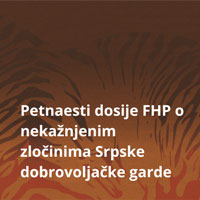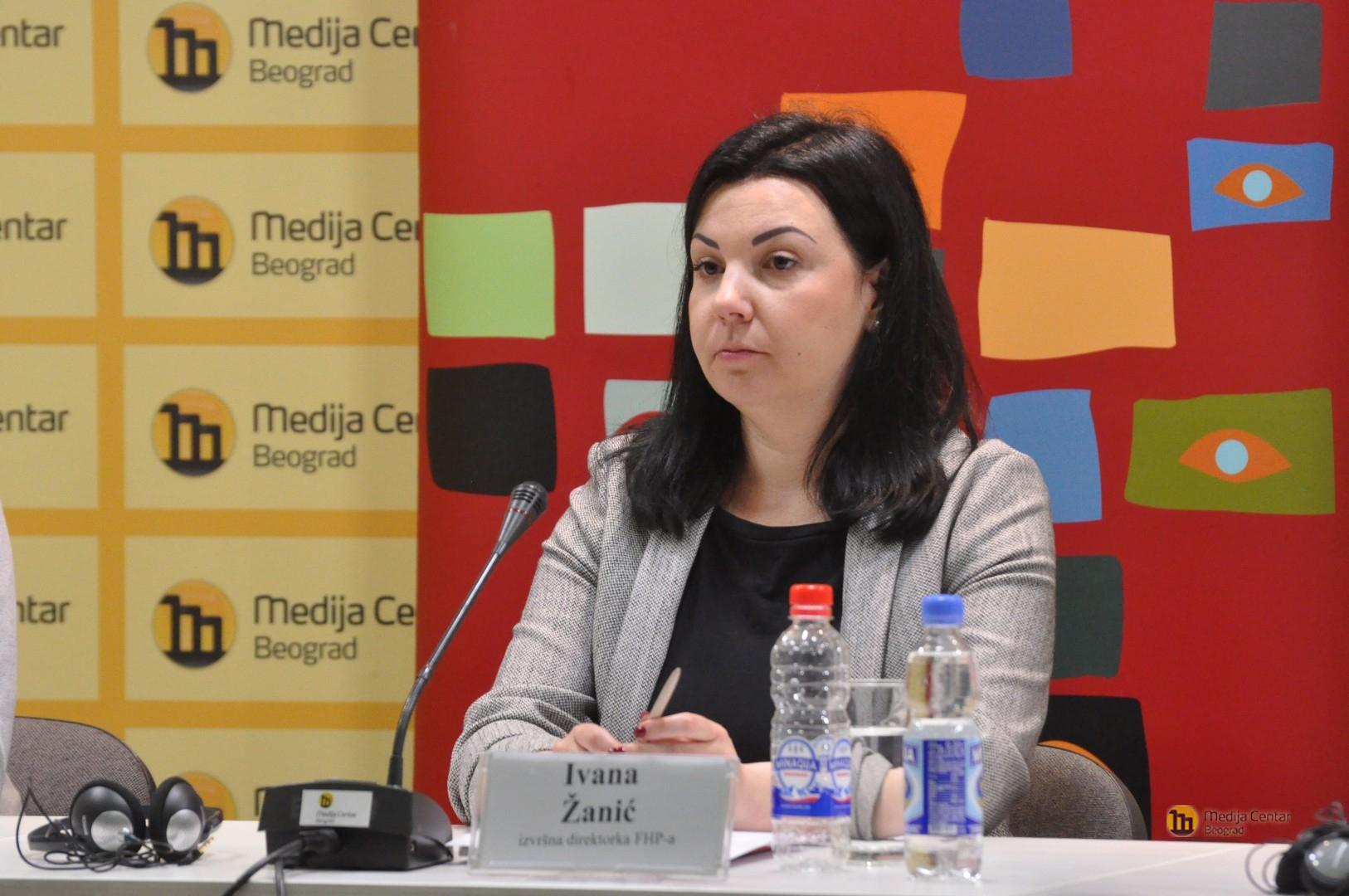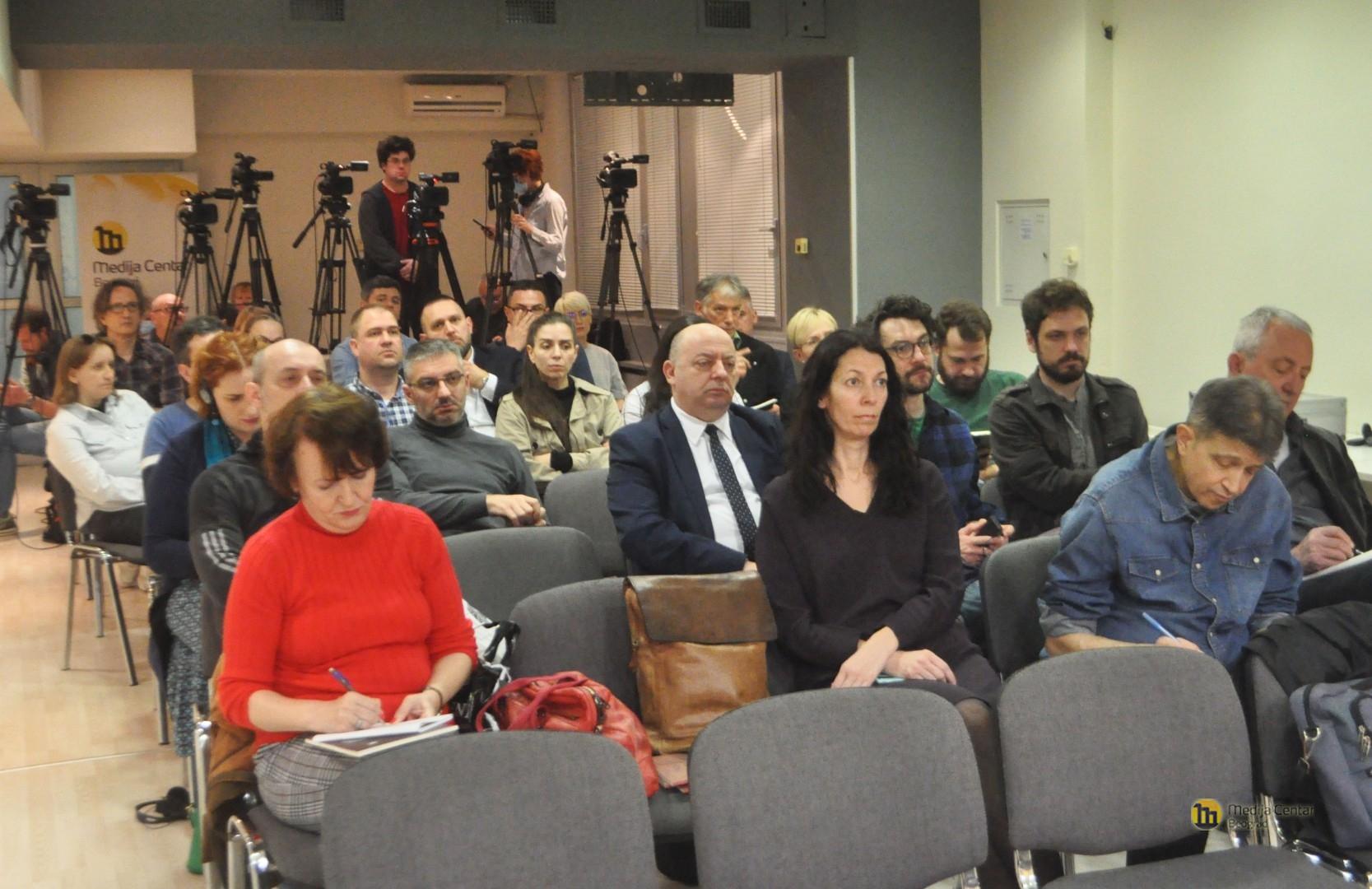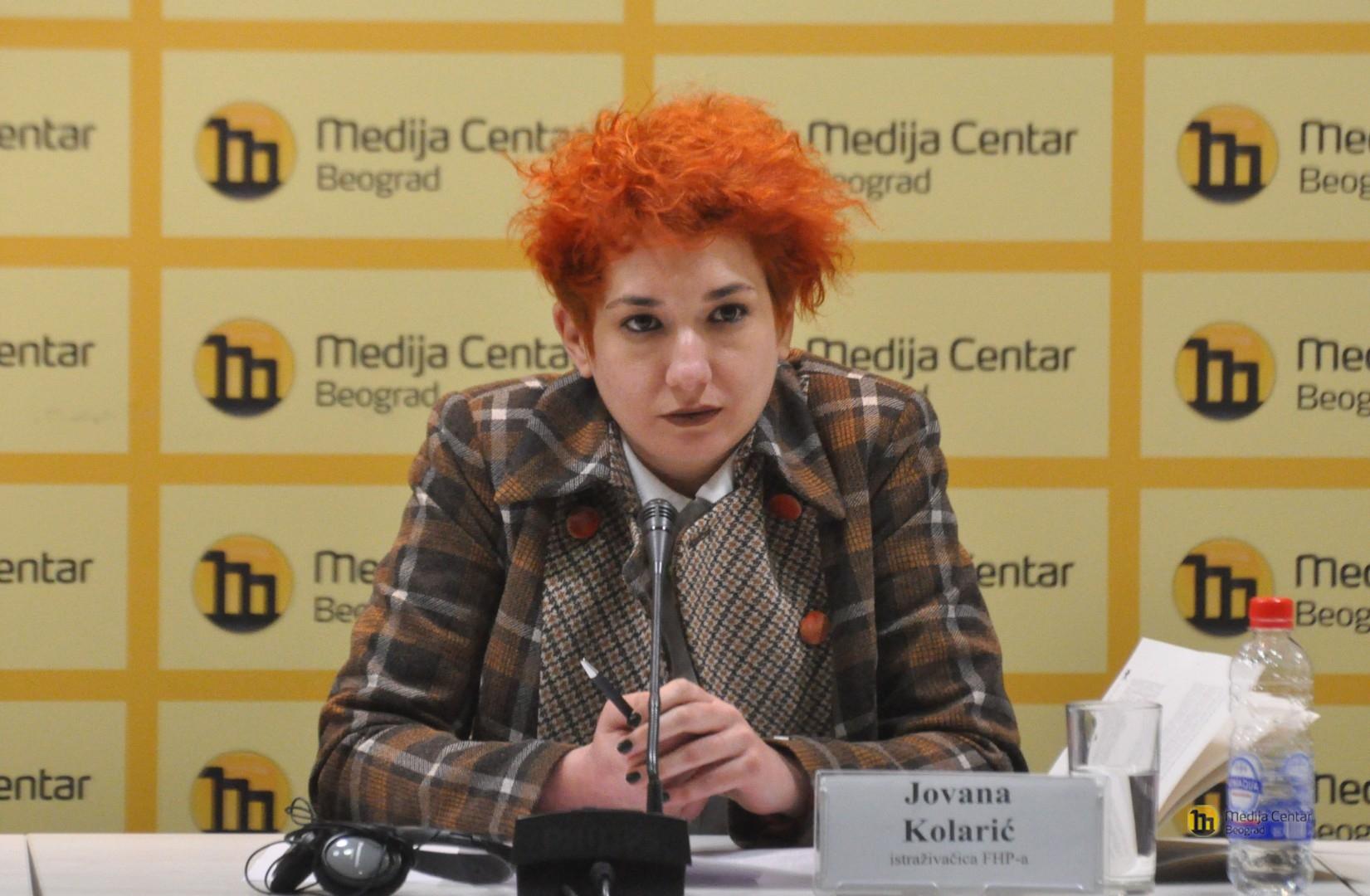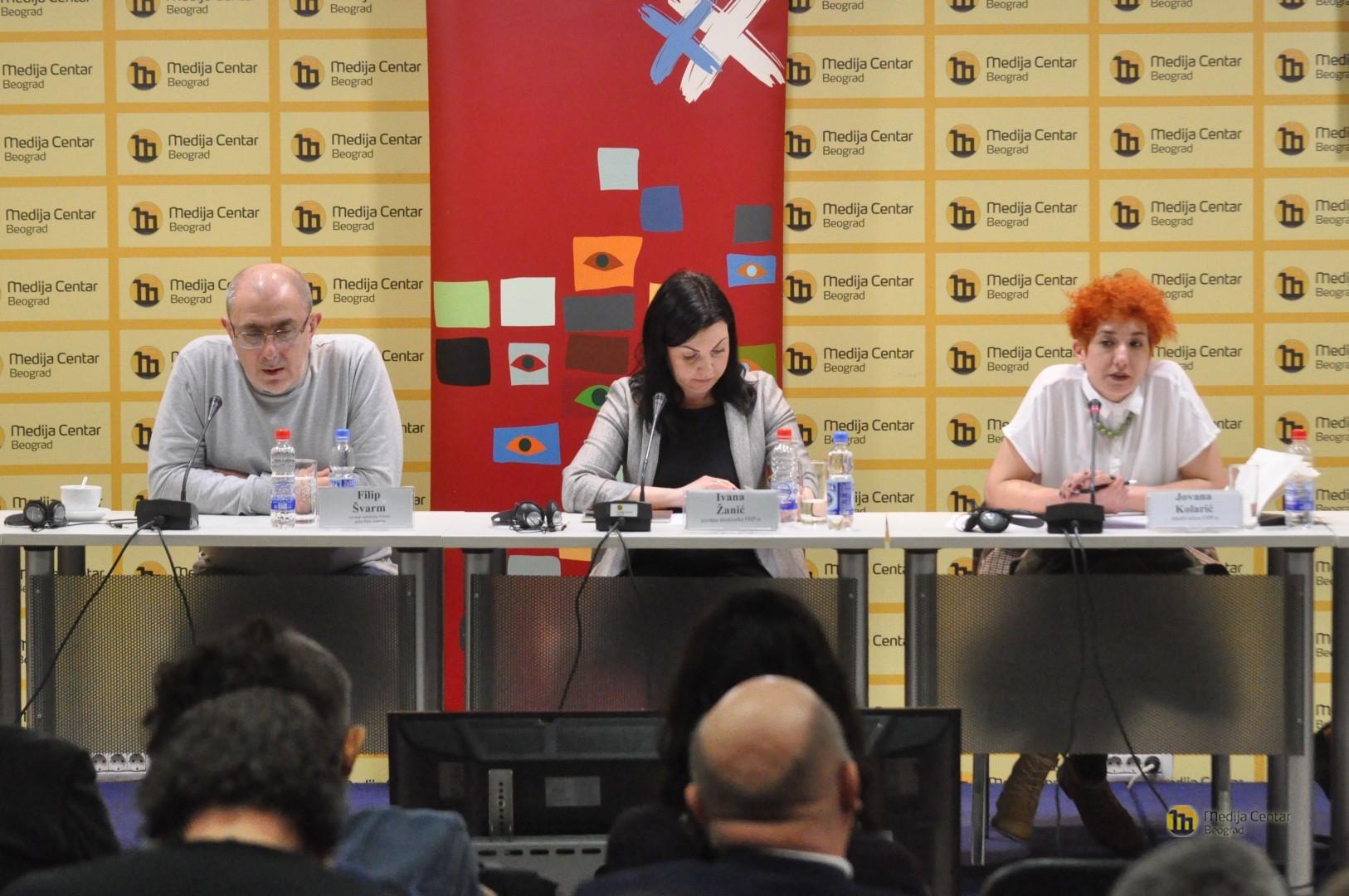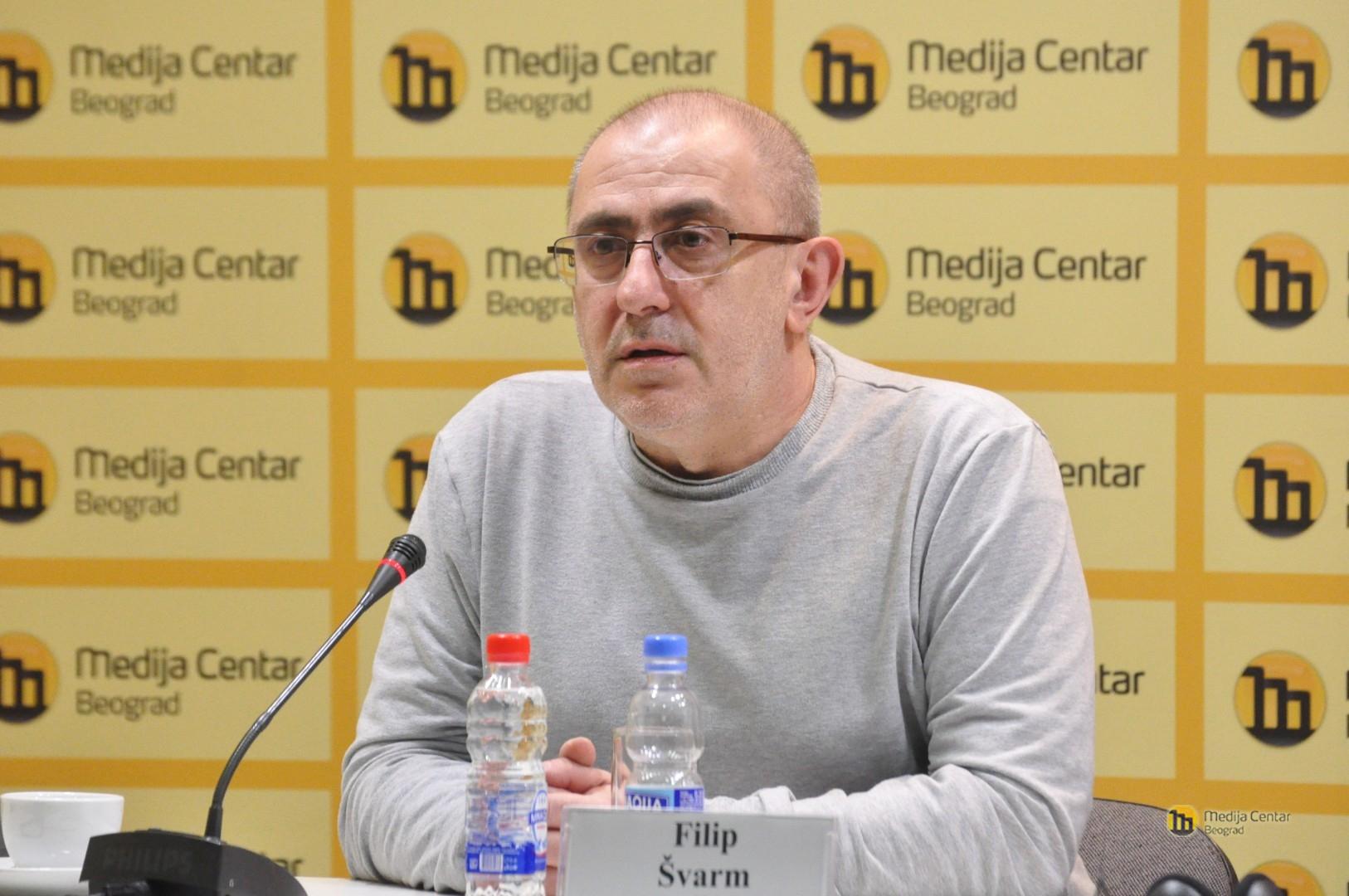The fifteenth HLC Dossier on the unpunished crimes of the Serbian Volunteer Guard
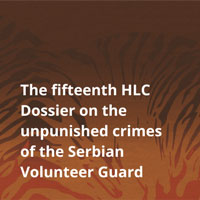 On Thursday, 23 March 2023, Humanitarian Law Center (HLC) launched its fifteenth dossier on potential war crime perpetrators during the wars in former Yugoslavia, The “Serbian Volunteer Guard“ Dossier presents the facts on the creation, structure and characteristics of actions conducted by the Serbian Volunteer Guard (SVG/the Guard), as well as its participation in the crimes perpetrated during the armed conflicts in Croatia and Bosnia and Herzegovina (BiH). The Dossier is based on the military and police documents admitted by the International Criminal Court for Former Yugoslavia (ICTY) and International Residual Mechanism for Criminal Tribunals (IRMCT), as well as on the ascertained facts, statements and testimonials, including those of former Guard members as well as media packages and witness statements collected by HLC’s researchers. During the research, HLC identified 189 SVG members who were under the command of Željko Ražnatović Arkan, whose names are among the annexes to this Dossier.
On Thursday, 23 March 2023, Humanitarian Law Center (HLC) launched its fifteenth dossier on potential war crime perpetrators during the wars in former Yugoslavia, The “Serbian Volunteer Guard“ Dossier presents the facts on the creation, structure and characteristics of actions conducted by the Serbian Volunteer Guard (SVG/the Guard), as well as its participation in the crimes perpetrated during the armed conflicts in Croatia and Bosnia and Herzegovina (BiH). The Dossier is based on the military and police documents admitted by the International Criminal Court for Former Yugoslavia (ICTY) and International Residual Mechanism for Criminal Tribunals (IRMCT), as well as on the ascertained facts, statements and testimonials, including those of former Guard members as well as media packages and witness statements collected by HLC’s researchers. During the research, HLC identified 189 SVG members who were under the command of Željko Ražnatović Arkan, whose names are among the annexes to this Dossier.
HLC’s Executive Director, Ivana Žanić, stated that the Dossier rendered the formation of SVG, its structure and actions through cooperation with other units, evidence of the Guard’s participation in the crimes committed in Croatia and BiH, via referral of forcefully mobilised refugees to the front, to the eventual disbanding of SVG. The crimes committed by SVG, as well as its links with the police, military and political structures of Serbia were part of the ICTY indictments against Slobodan Milošević, Goran Hadžić and Jovica Stanišić and Franko Simatović. Although the Milošević and Hadžić trials were curtailed by the demise of the defendants, during these two proceedings exhibits and witness statements were presented, clearly describing the SVG operations and indicating the perpetrated crimes. The ICTY Prosecutor’s Office issued an indictment against the SVG commander Željko Ražnatović Arkan in 1997, for the crimes committed in Sanski Most in 1995. The contents of the indictment remained confidential all the way until 2001.
In the first-instance judgment of the IRMCT for the Stanišić and Simatović case, it was established that SVG took part in murders, persecution and forced relocation in the area of the then Serb Autonomous Area of Slavonia, Baranja and Western Srem, followed by those in Bijeljina, Zvornik and Sanski Most. Despite that, there has not been a trial before Serbian courts against an SVG member. According to the statements of the Office for War Crimes Prosecution (OWCP), based on the request for free access to information of public importance submitted by HLC, there is an investigation in progress, conducted by the Prosecutor’s Office against unknown perpetrators of the crimes committed in Bijeljina, in April 1992. With this regard, it is important to note that war photographer Ron Haviv took one of his best known photos precisely in Bijeljina, with an SVG member waving his leg above the body of Ajša Šabanović, while holding weapons in his hand. Former SVG members, testifying before the ICTY, identified Srđan Golubović on that photo, and he now works as a DJ known as DJ Max. Alma Pečković, daughter of Ajša Šabanović, filed a criminal complaint to the OWCP for the murder of her mother and other family members in 2015, however, the OWCP has not issued an indictment yet.
Filip Švarm, author of a documentary film called “The Unit”, editor-in-chief of the “Vreme“ weekly, spoke about the period when he was reporting on the war conflicts with a group of colleagues, which resulted in the making of a film about the Special Operations Unit (SOU). In his view, the reporting on war crimes should be objective and impartial. He does not find it surprising that it was precisely the Red Berets, i.e. the SOU and the Zemun Clan who organised the assassination of Prime Minister Zoran Đinđić, given that these organisations “leapt out of Arkan’s hat“. During the making of „The Unit“, which was used as exhibit before the ICTY, the authors found it clear that individuals wanted to speak up and the society was not ready to face the past. However, in the present-day atmosphere, it would not have been possible to make such a film. Speaking of the Dossier, Švarm emphasised that he was impressed by HLC’s research and facts he had read about SVG, calling it a fundamental research to be read attentively.
HLC’s research and Dossier author Jovana Kolarić highlighted that this Dossier was an attempt to separate the alleged general knowledge about Arkan and SVG from the facts about their war pathway. The Serbian Volunteer Guard was set up in October 1990 and had about 300 permanent volunteers, while there were around 4,000 to 5,000 volunteers in and out of the Guard altogether. The Dossier findings indicate that SVG took part in the murders, expulsion, detention and ill treatment of the civilians in the areas of Eastern Slavonija and Baranja from 1991, Bijeljina and Zvornik in 1992, Cazinska Krajina in 1994 and 1995, as well as during the operations in Trnovo/Treskavica and Banjaluka in 1995. All SVG’s activities were accompanied with plundering.
The Serbian Volunteer Guard cooperated with the regular military and police formations, including the Yugoslav People’s Army (JNA), Army of the Republic of Srpska (VRS), Serb Army of Krajina (SVK), but it was subordinated to them. During the operations of Trnovo/Treskavica, Pauk and Banjaluka, the Guard members were on the payroll of the State Security Department of the Serbian MoI. Also, SVG received weapons and other equipment from the military and police forces who were familiar with the actions and conduct of its members, which is recorded in military and police documents.
The SVG Chief Staff was in Belgrade, while after September 1991 the main base and Volunteer Training Centre were in Erdut. The Dossier has documented the murders of 15 civilians in Erdut, as well as those of at least 38 detainees taken out of the Dalj prison by the SVG members. The Serbian Volunteer Guard then participated in the siege of settlements in Eastern Slavonija, and as of spring 1992 they moved to BiH. In November 1994, about 70 members of the Guard were involved in the Pauk (“Spider”) operation.
Part of the Guard under the leadership of Dragan Petrović called Kajman was sent to the Mount of Jahorina in June 1995, and there from to the warfare in Trnovo. Humanitarian Law Centre established that in mid-June 1995, Dragan Petrović Kajman ordered a forcefully mobilised driver to take the VRS members from Jahorina to Bratunac. In the following days, on several occasions, he took the military and captive Bosniaks between Bjelovac and Konjević Polje, i.e. to the areas of Bratunac and Zvornik municipalities, at the time while the executions of the Srebrenica’s Bosniaks were still ongoing.
The Dossier also presents the findings about the crimes perpetrated by SVG members in Sanski Most, as well as in the village of Trnovo, where they murdered 11 Bosniaks. Around 21 September 1995, in Sasina, they killed at least 65 persons, among whom a woman whom they had previously raped.
The Serbian Volunteer Guard was disbanded in March 1996. Senior officers, like Milorad Ulemek Legija and Nenad Bujošević Rambo, joined the SOU of the State Security Department at the Serbian Ministry of the Interior, and other acceded to the “Scorpions” unit. Part of them remained engaged on the business dealings of Željko Ražnatović Arkan in Serbia. Around 30 SVG members were involved with the armed conflict in Kosovo as part of the State Security Department of the Serbian MoI.






